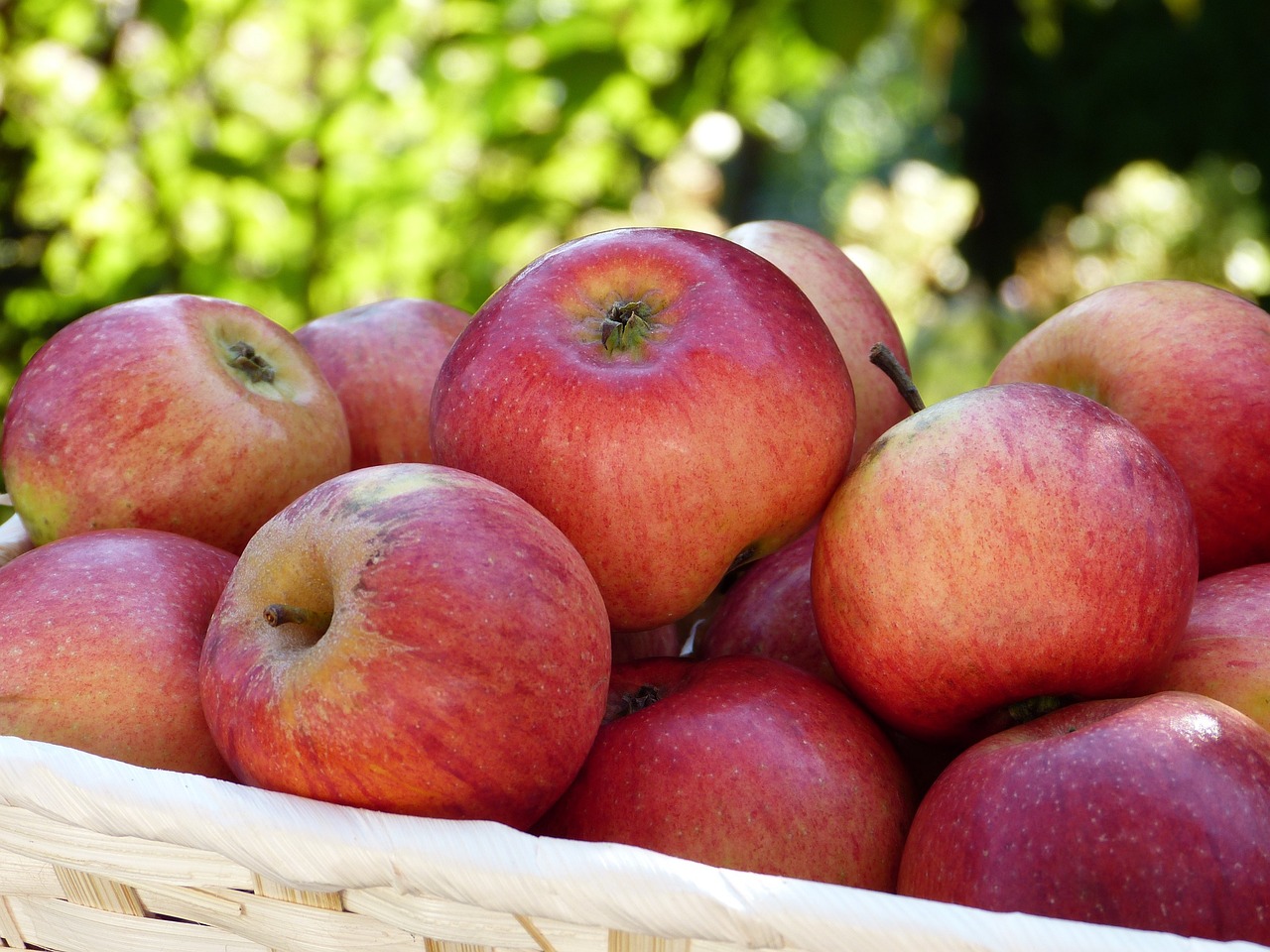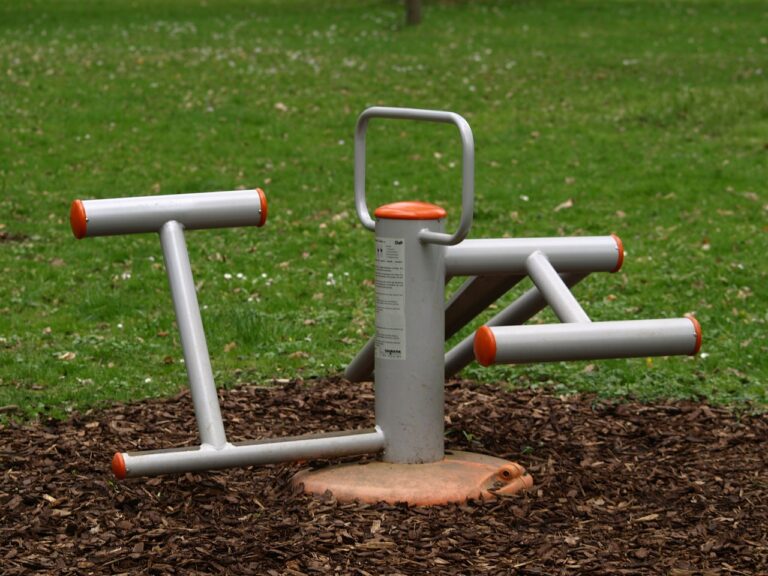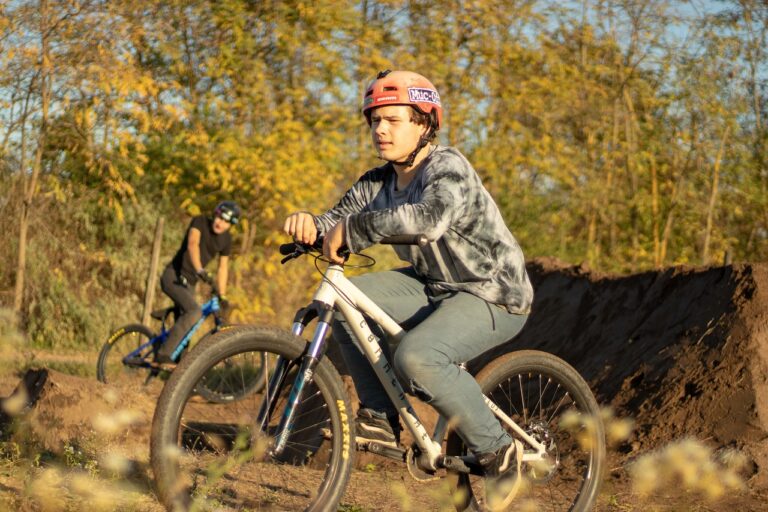The Role of Horticultural Therapy in Rehabilitation Settings
Horticultural therapy offers a range of benefits for individuals undergoing rehabilitation in various settings. Engaging in gardening activities can help improve physical strength and coordination as patients plant, nurture, and harvest plants. This hands-on approach provides a means for individuals to enhance their motor skills in a therapeutic environment.
Moreover, horticultural therapy can also have a positive impact on the emotional well-being of rehabilitation patients. Connecting with nature and the process of nurturing plant life can help reduce stress, anxiety, and depression among individuals. The act of caring for plants and witnessing their growth can instill a sense of accomplishment and boost self-esteem, contributing to the overall healing process.
– Engaging in gardening activities can improve physical strength and coordination
– Planting, nurturing, and harvesting plants helps enhance motor skills
– Horticultural therapy can reduce stress, anxiety, and depression
– Connecting with nature promotes emotional well-being
– Caring for plants instills a sense of accomplishment and boosts self-esteem
History and Origins of Horticultural Therapy
Horticultural therapy has a rich history that dates back to ancient times when the connection between nature and well-being was recognized. The earliest evidence of using plants for therapeutic purposes can be traced to ancient Mesopotamia, Egypt, and Greece. In these civilizations, gardens were used as healing spaces to promote physical, mental, and spiritual well-being. The concept of using plants and gardening as a form of therapy continued to evolve over the centuries, with notable advancements during the Renaissance period in Europe.
During the 19th and early 20th centuries, horticultural therapy gained more formal recognition as a therapeutic practice. Dr. Benjamin Rush, a signer of the Declaration of Independence and a pioneer in American psychiatry, is credited with incorporating garden work into the treatment of individuals with mental health conditions. His innovative approach laid the foundation for the modern field of horticultural therapy and its integration into rehabilitation settings. Today, the practice continues to grow and evolve, with research supporting its benefits for various populations, including individuals with physical disabilities, mental health disorders, and other medical conditions.
Types of Horticultural Therapy Programs Available
Horticultural therapy programs can vary widely in their focus and approach, catering to a range of needs and preferences. Some programs center around practical gardening skills, teaching participants how to cultivate and care for plants effectively. These hands-on activities can provide a sense of accomplishment and boost self-esteem.
Other horticultural therapy programs may emphasize the therapeutic benefits of interacting with nature and engaging in sensory experiences. Participants might be encouraged to touch, smell, and observe various plants, fostering mindfulness and relaxation. These programs aim to promote emotional well-being and stress reduction through immersion in the natural world.
What are the benefits of horticultural therapy in rehabilitation settings?
Horticultural therapy has been shown to improve physical, mental, and emotional well-being in rehabilitation settings. It can help increase strength and mobility, reduce stress and anxiety, improve concentration and focus, and enhance overall quality of life for participants.
What is the history and origins of horticultural therapy?
Horticultural therapy has roots dating back to ancient civilizations, where gardens were used for healing purposes. In the modern era, horticultural therapy gained recognition as a formal practice in the 19th century and has since evolved into a widely accepted therapeutic approach.
What are the types of horticultural therapy programs available?
There are various types of horticultural therapy programs available, including vocational training programs, rehabilitation programs, community gardening programs, and therapeutic gardening programs for individuals with special needs or disabilities. Each program is tailored to meet the specific needs and goals of participants.







